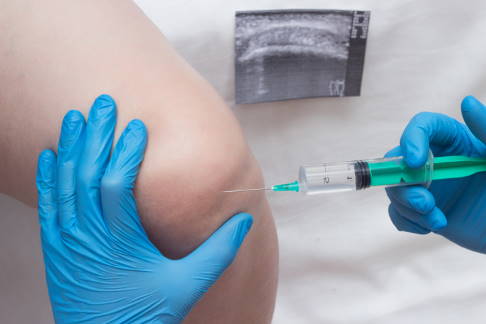Wpw Syndrome And Anesthesia
Wpw syndrome and anesthesia. Tachycardias may be narrow complex associated with anterograde conduction. Posted on April 17 2019 September 20 2019. Patient gave history of short recurrent episodes of palpitation and electrocardiograph confirmed the diagnosis of WPW syndrome.
WolffParkinsonWhite syndrome WPW is a ventricular pre-excitation syndrome associated with abnormal conduction pathways between the atria and ventricle. Diagnostic criteria for WPW-type pre-excitation All of the following three criteria must be fulfilled for a diagnosis to be made. About The Lay Medical Man.
As a rule hemodynamic changes do not occur as long as there are no ectopic tachydys- rhythmias. Wolff-Parkinson-White syndrome WPW is an uncommon cardiac disorder having an aberrant pathway between atria and ventricles. While WPW syndrome is genetic not every patient behaves or is treated the same way.
Sharing Anaesthesia Info among Anesthesiologists. Posts about wpw syndrome and anesthesia written by Dr Unnikrishnan Prathapadas. We prefer the prophylactic use of Dexmedetomidine in the perioperative period to have successful outcome without any cardiac complications.
The electxocardiographic syndrome of short P-R interval and wide abnormal QRS complex was first described in 1930 by Wolff Parkinson and White who reported eleven cases. The Lay Medical Man. Consider crash cart defbrillator pads invasive arterial access emergency drugs procainamide amiodarone Avoid AV nodal blockers if atrial fibrillation.
We conclude that patients with WPW syndrome can be managed successfully under general anesthesia. 011 s or more. Without appropriate treatment coronary vasospasm is also a potentially fatal condition due to ischemia-induced ventricular fibrillation.
Although propofol has not been reported to have any direct effect on the accessory pathway 1 we report a patient with WPW syndrome whose electrocardiogram ECG was normalized during propofol infusion. THE effects of intravenous and volatile anesthetics on the refractoriness of the accessory pathway in patients with Wolff-Parkinson-White WPW syndrome have been examined.
We conclude that patients with WPW syndrome can be managed successfully under general anesthesia.
As a rule hemodynamic changes do not occur as long as there are no ectopic tachydys- rhythmias. The anaesthetic management of these patients is challenging as they are known to develop life threatening tachyarrhythmia like paroxysmal supra-ventricular tachycardia PSVT and atrial fibrillation AF. Unmasking of WPW syndrome under anesthesia has been mentioned as anesthetic drugs tend to change the physiology of the atrioventricular conduction While volatile anesthetic agents may precipitate conduction via. To summarize patient with WPW syndrome may develop perioperative tachyarrhythmias and hypotension leading to cardiac arrest. WolffParkinsonWhite syndrome WPW is a ventricular pre-excitation syndrome associated with abnormal conduction pathways between the atria and ventricle. 011 s or more. W-P-W syndrome cannot usually be made when a patient presents in the anaesthetic room for instance with a very rapid pulse rate. WPW syndrome Cesarean section Epidural anaesthesia. Diagnostic criteria for WPW-type pre-excitation All of the following three criteria must be fulfilled for a diagnosis to be made.
WolffParkinsonWhite syndrome WPW is a ventricular pre-excitation syndrome associated with abnormal conduction pathways between the atria and ventricle. Management of paroxysmal tachycardia associated with WPW is similar to that of other SVTs. WolffParkinsonWhite syndrome WPW is a ventricular pre-excitation syndrome associated with abnormal conduction pathways between the atria and ventricle. Classic findings on the ECG are the delta wave slurred upstroke of QRS and shortened PR interval. WPW syndrome Cesarean section Epidural anaesthesia. Intricacies of Anesthetic Management in. 3 Presence of initial slurring in the first 003 to 005 s of the QRS complex.




Post a Comment for "Wpw Syndrome And Anesthesia"